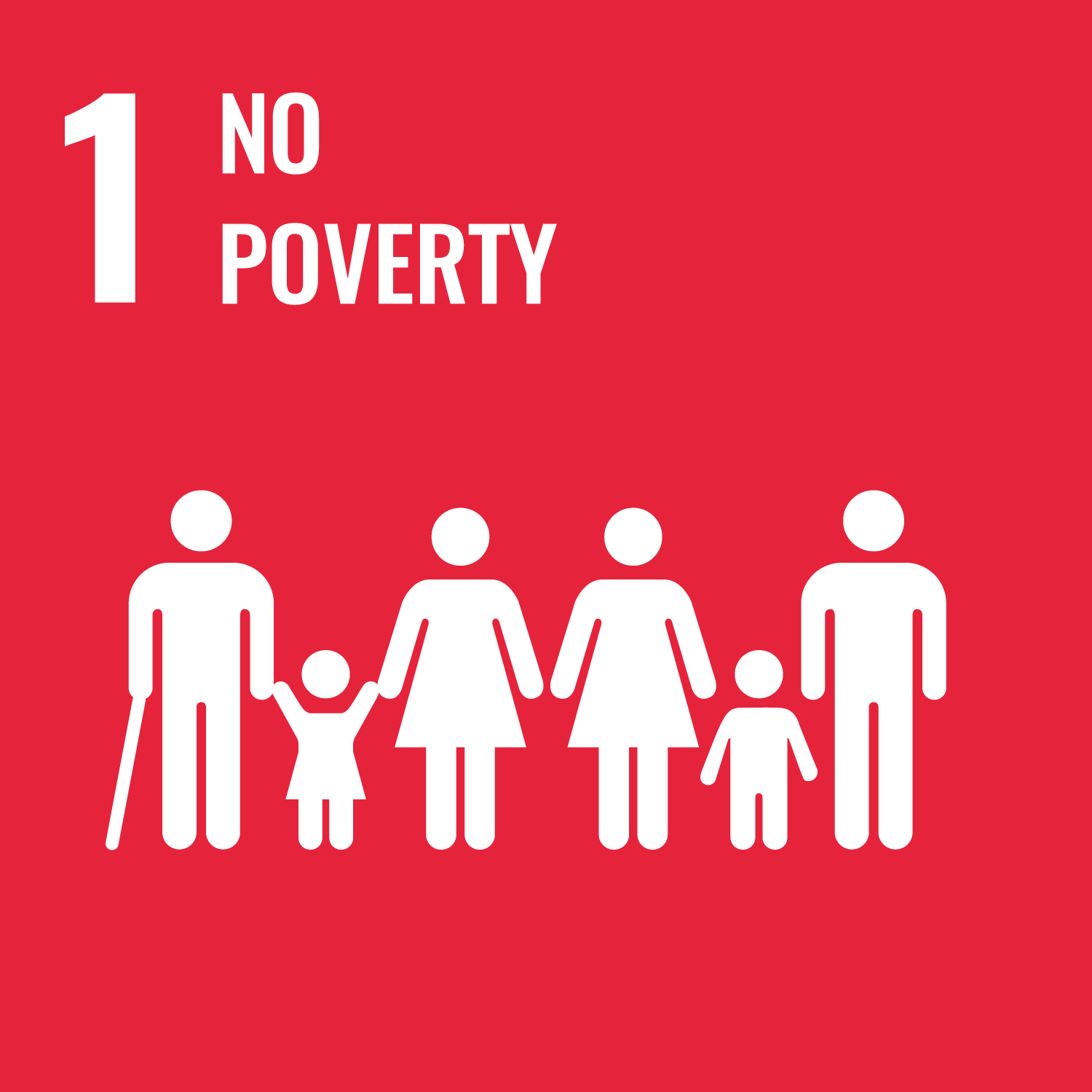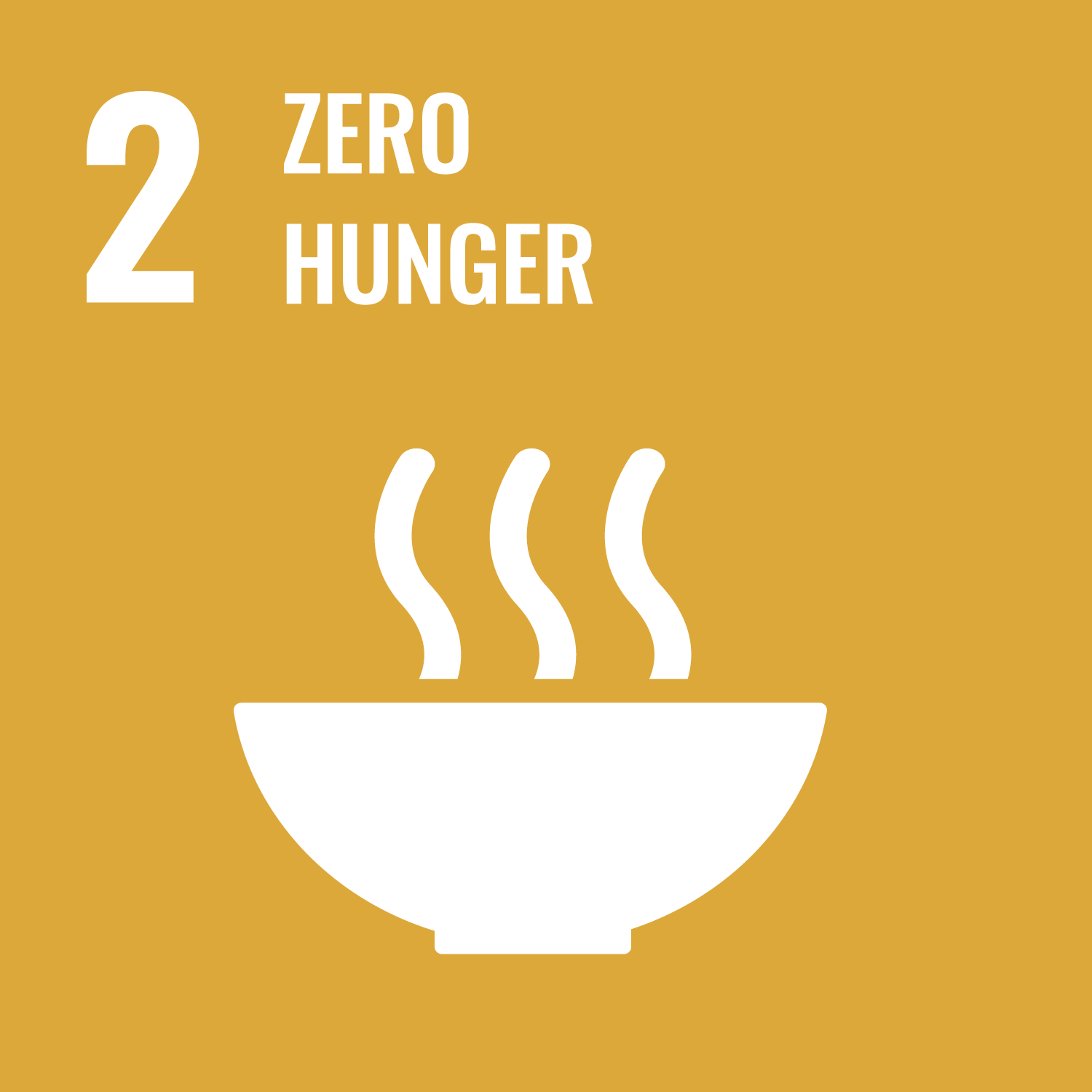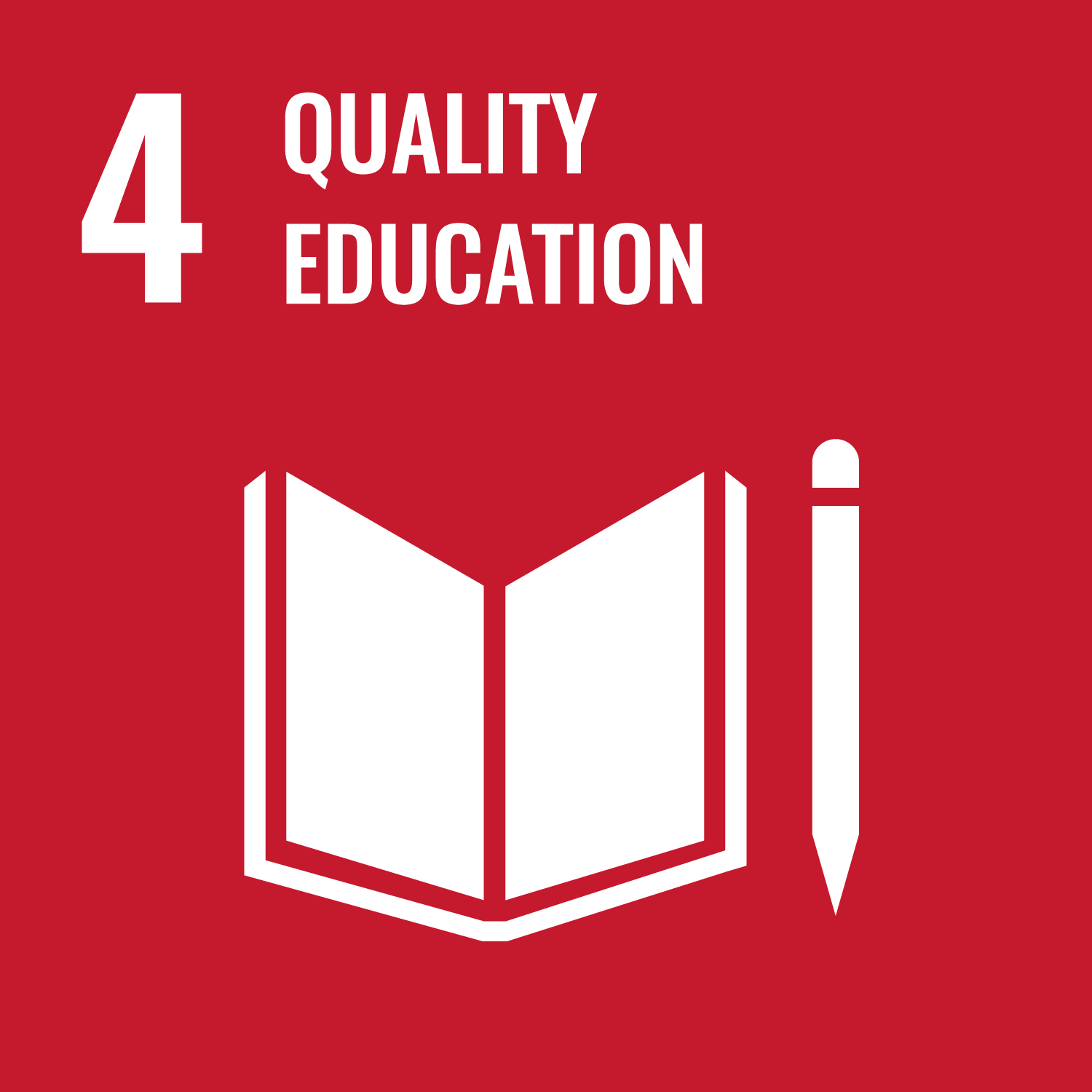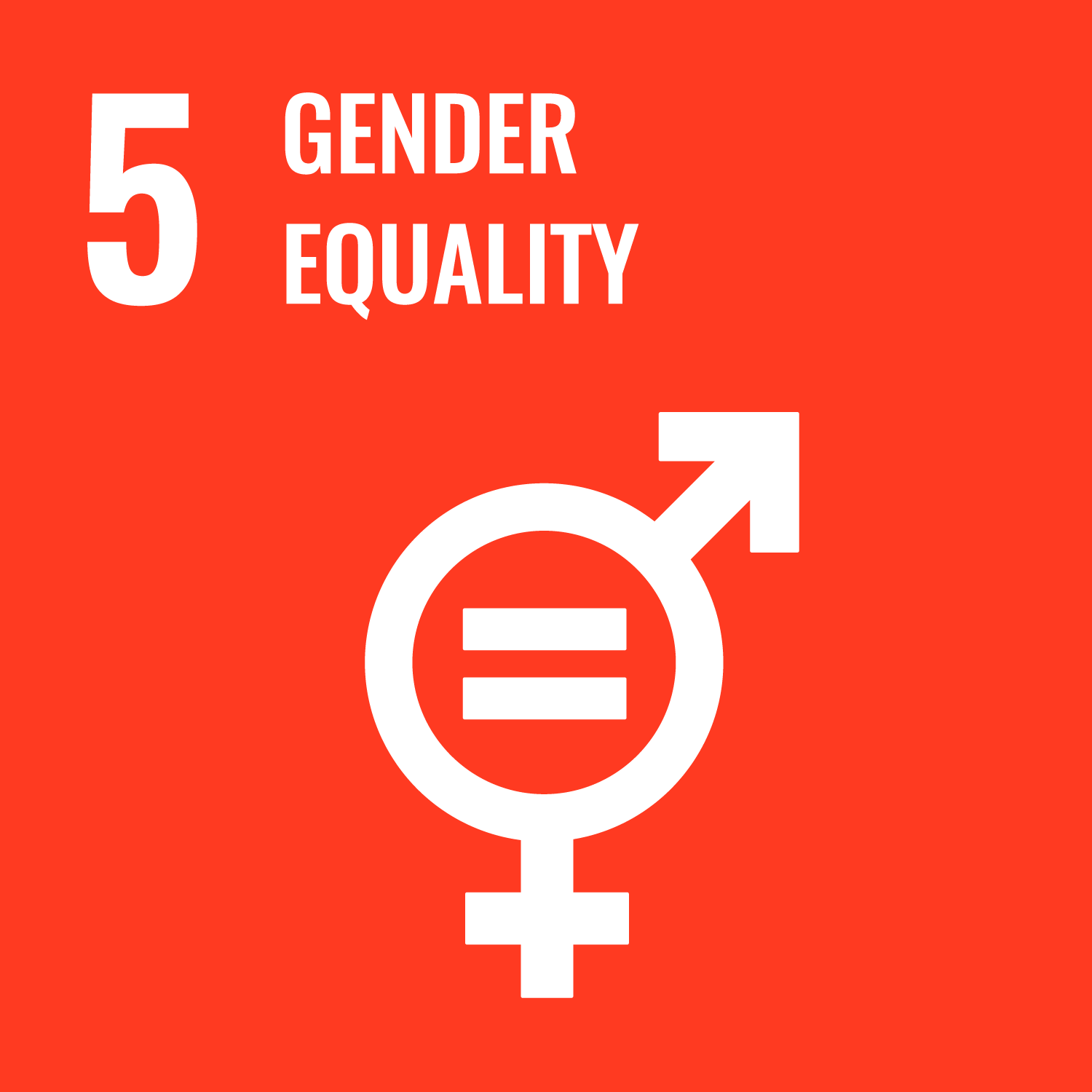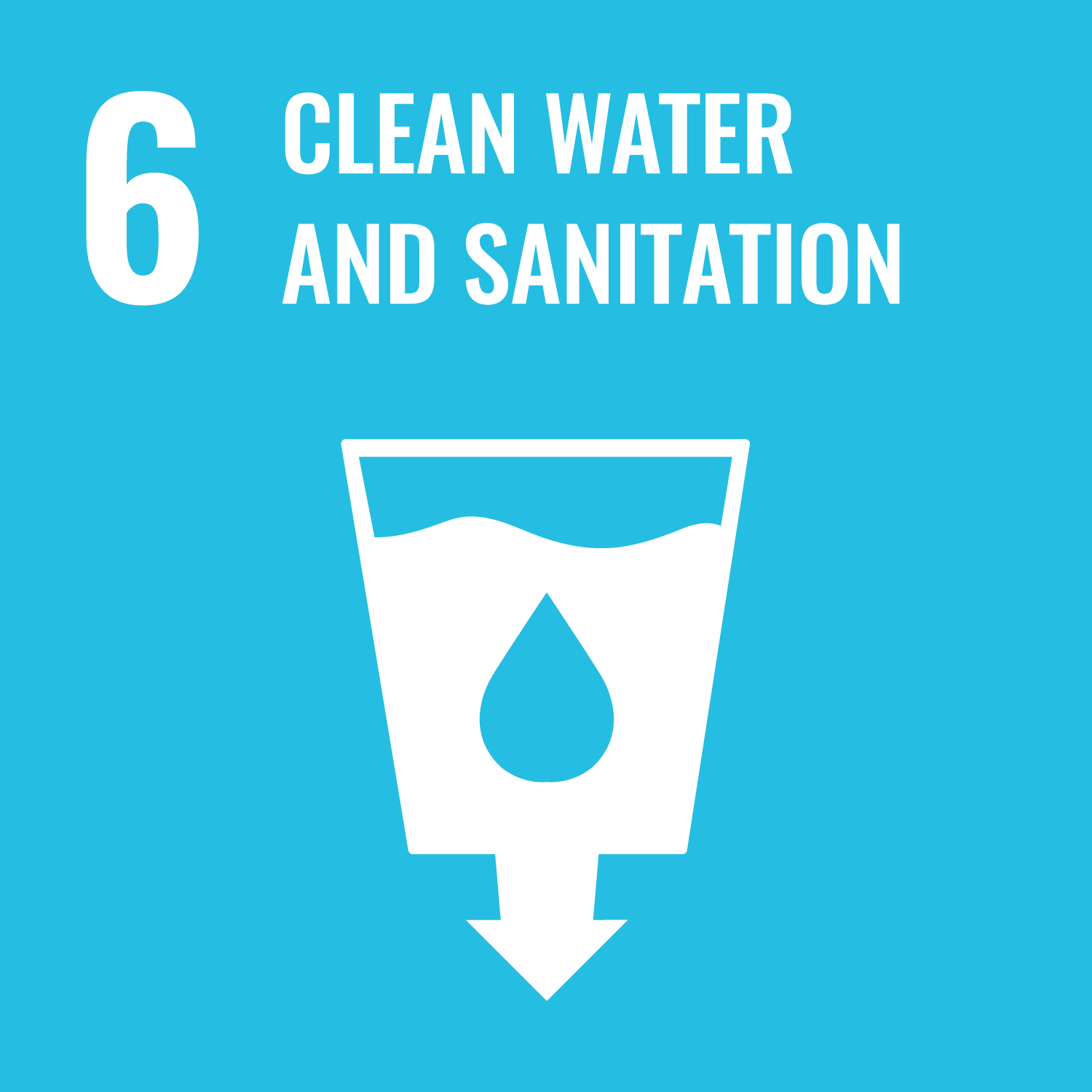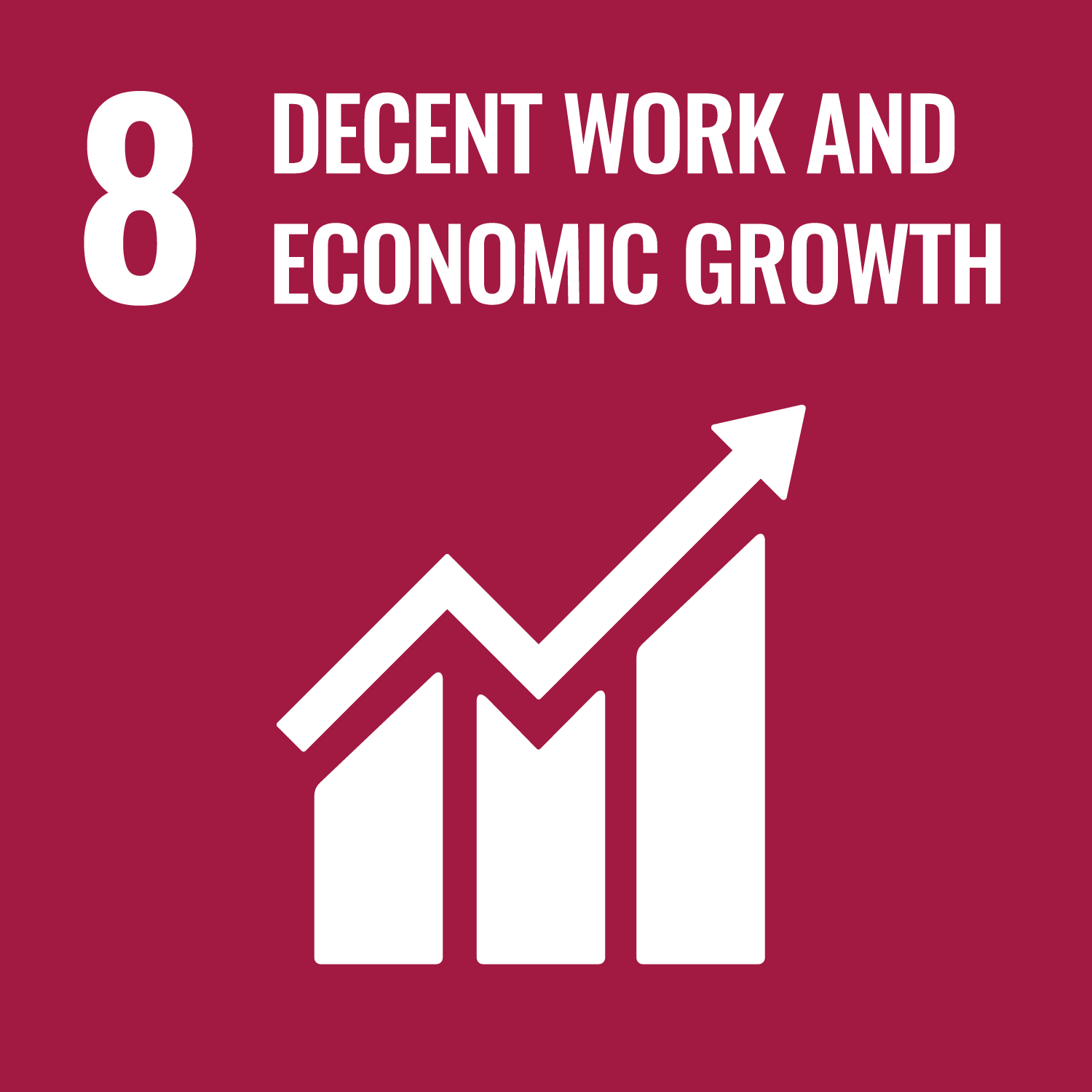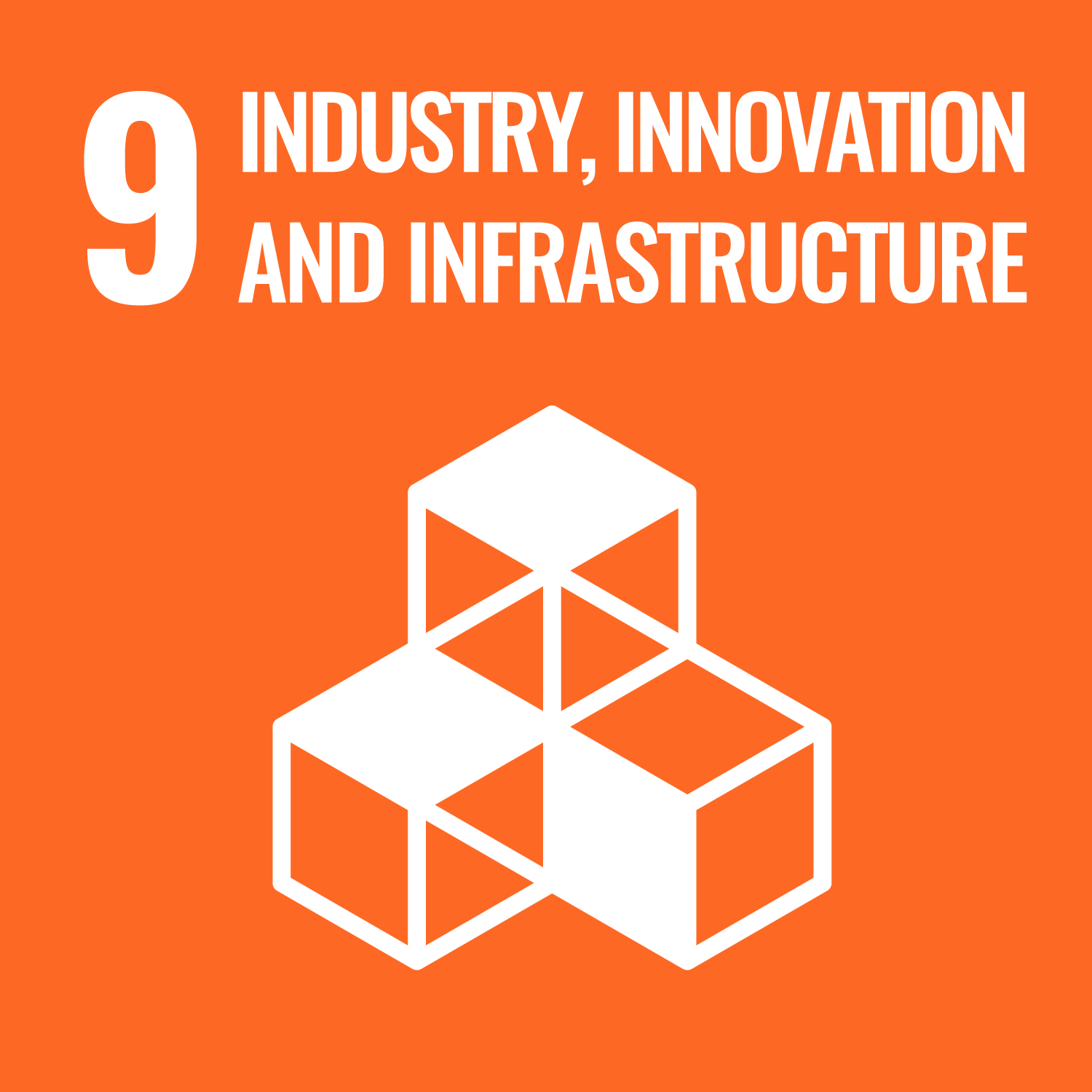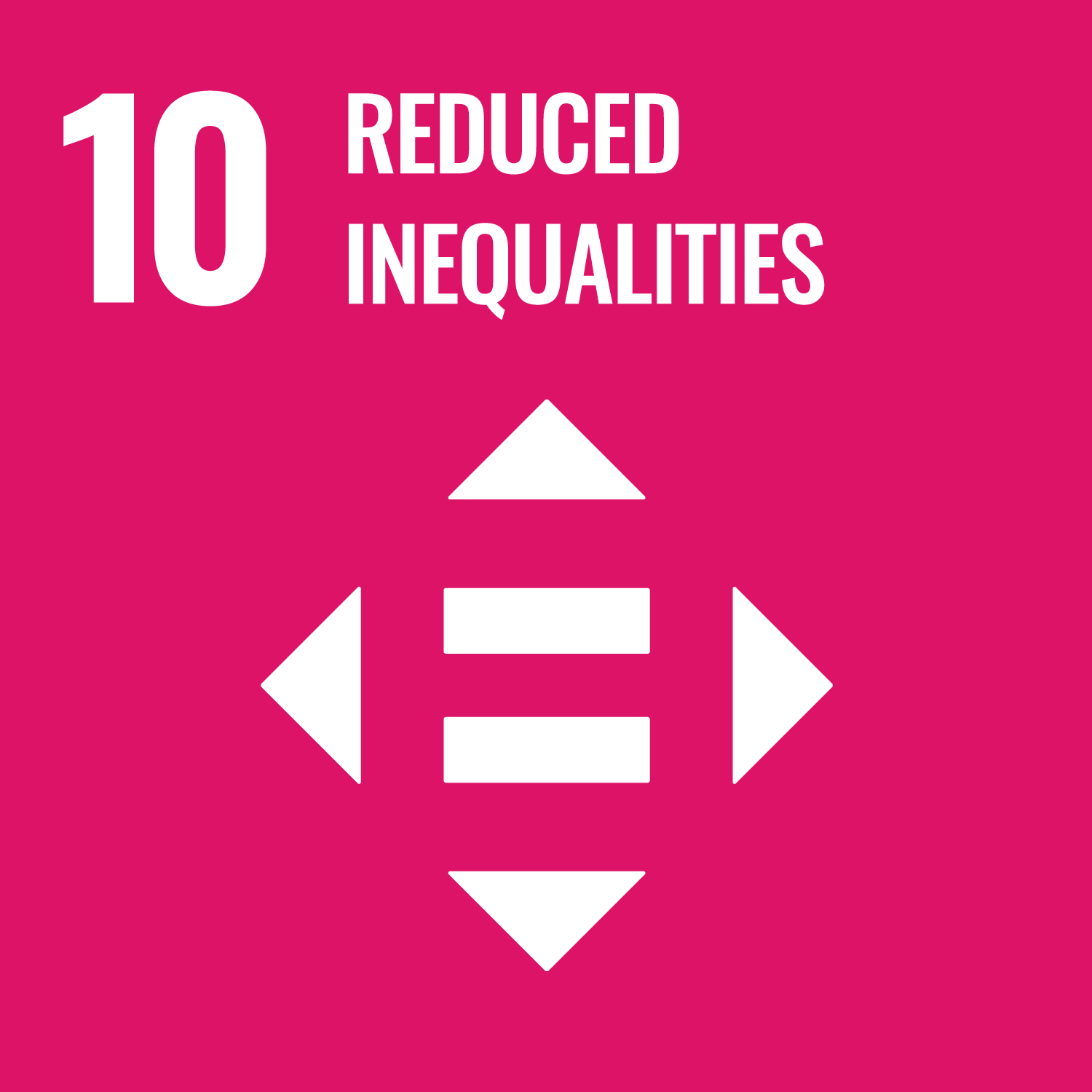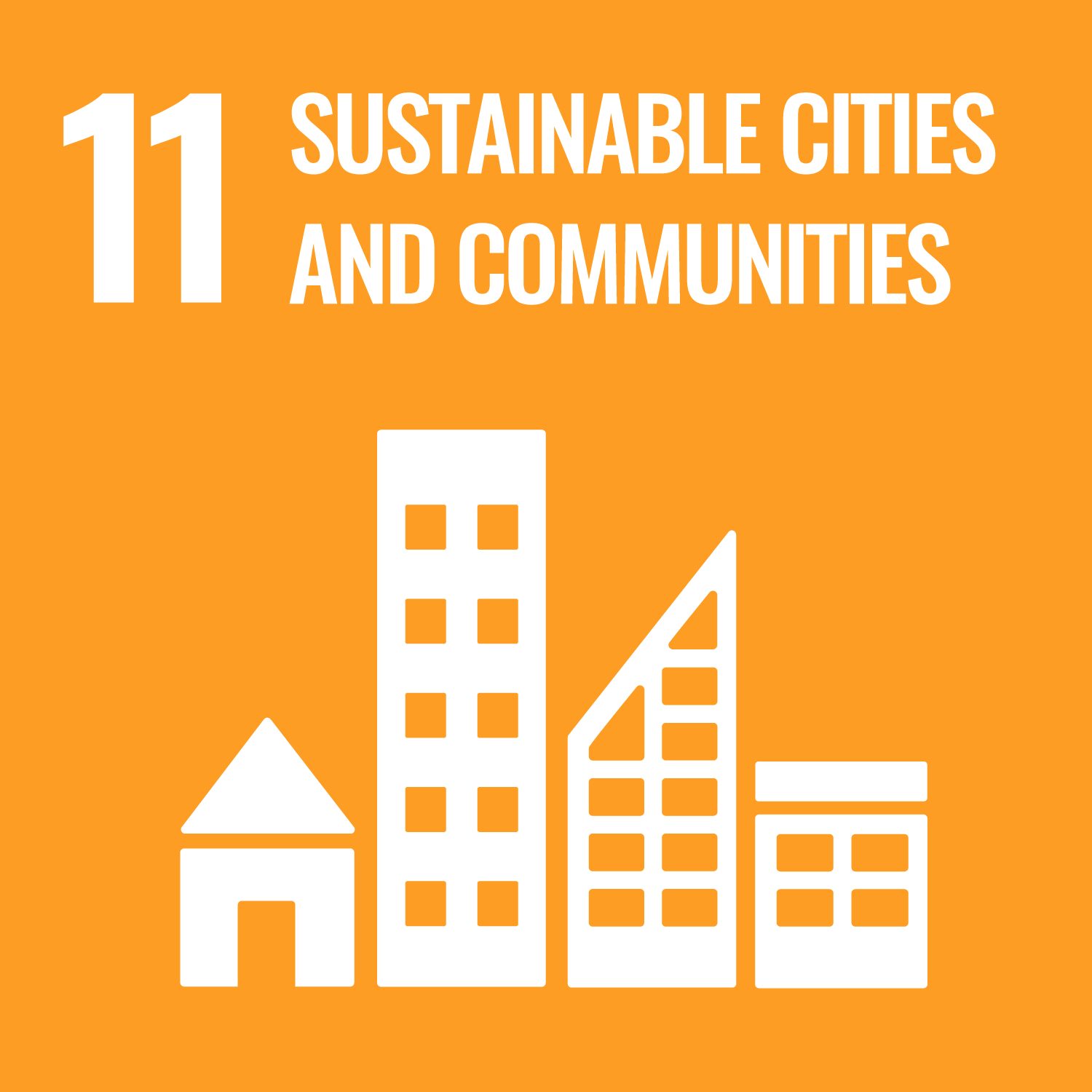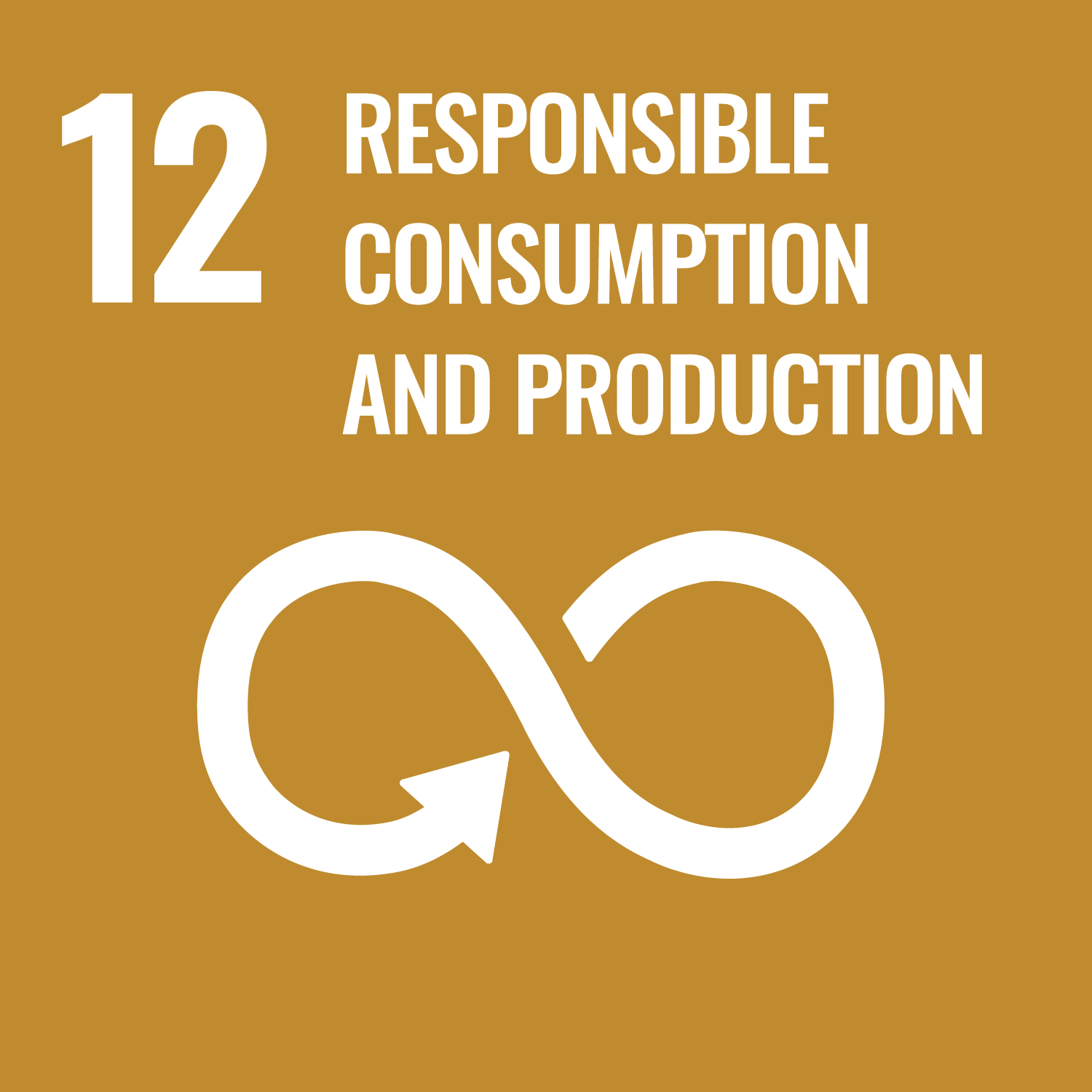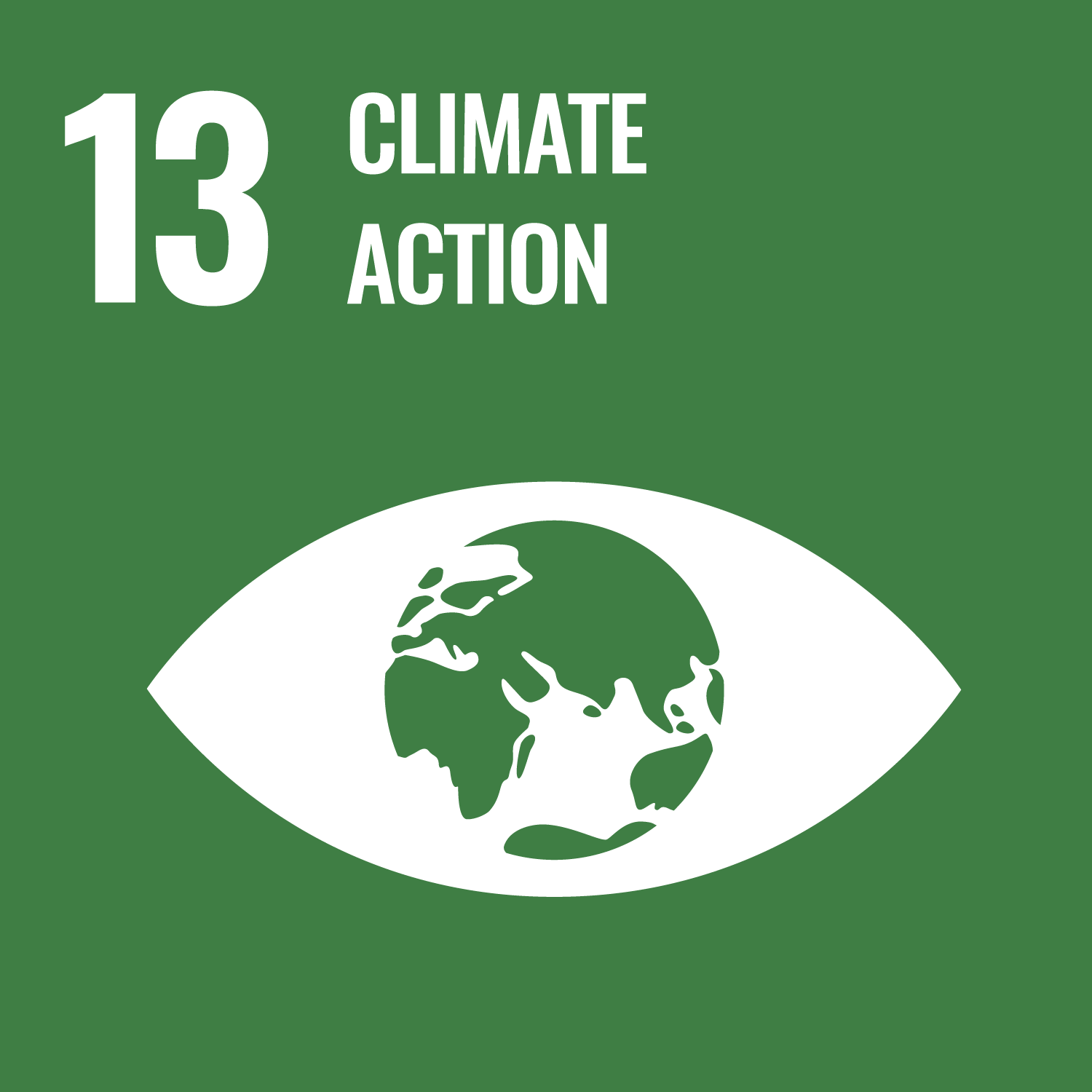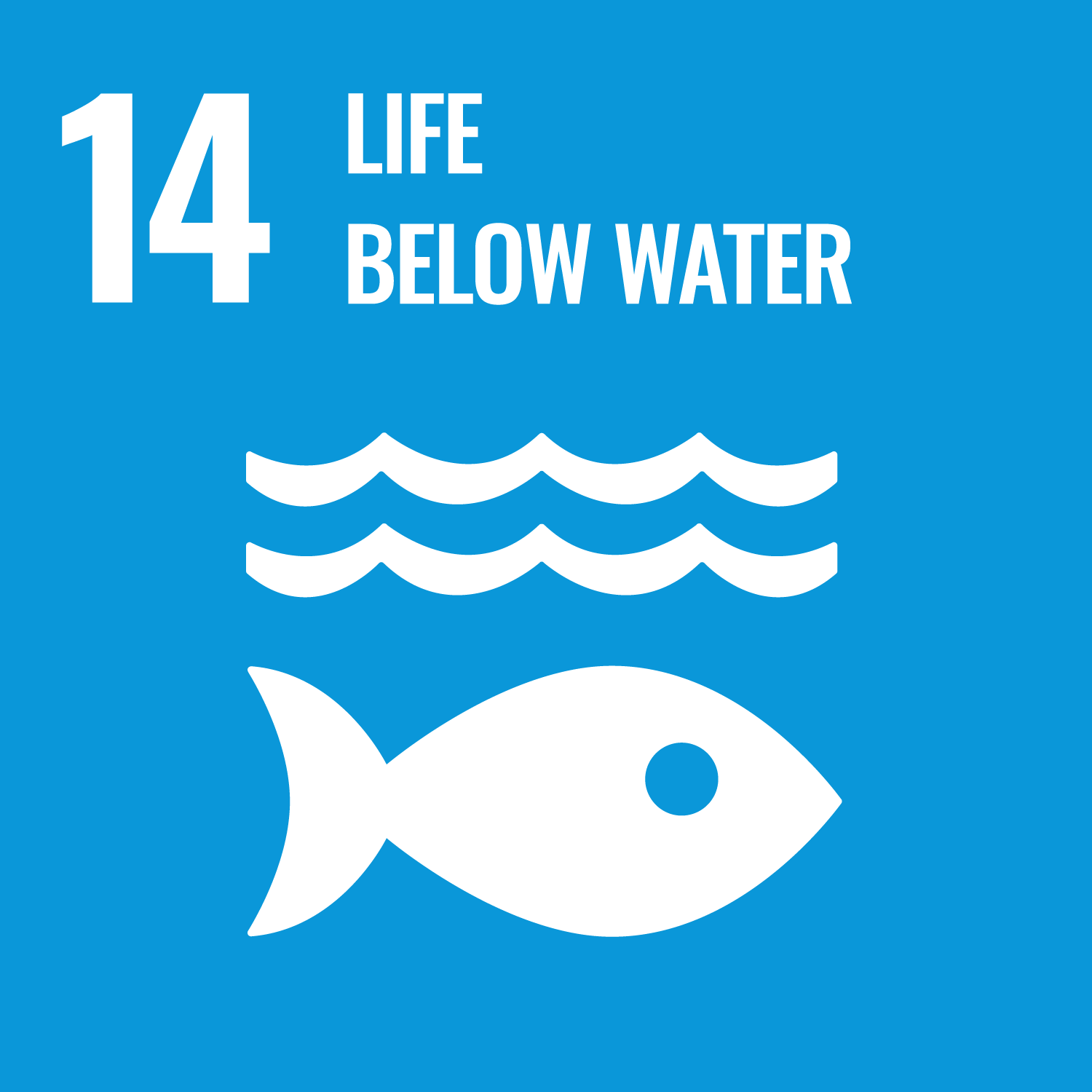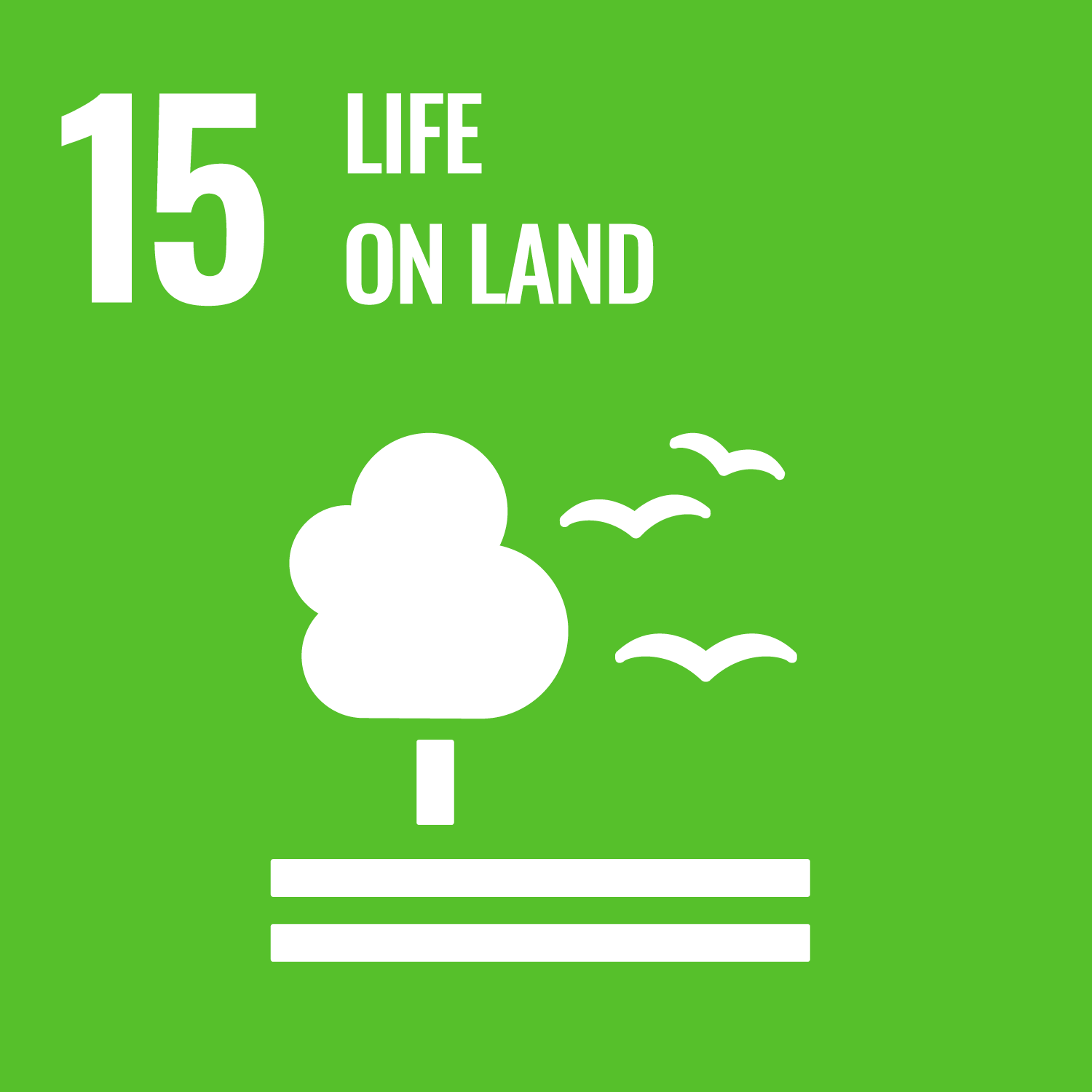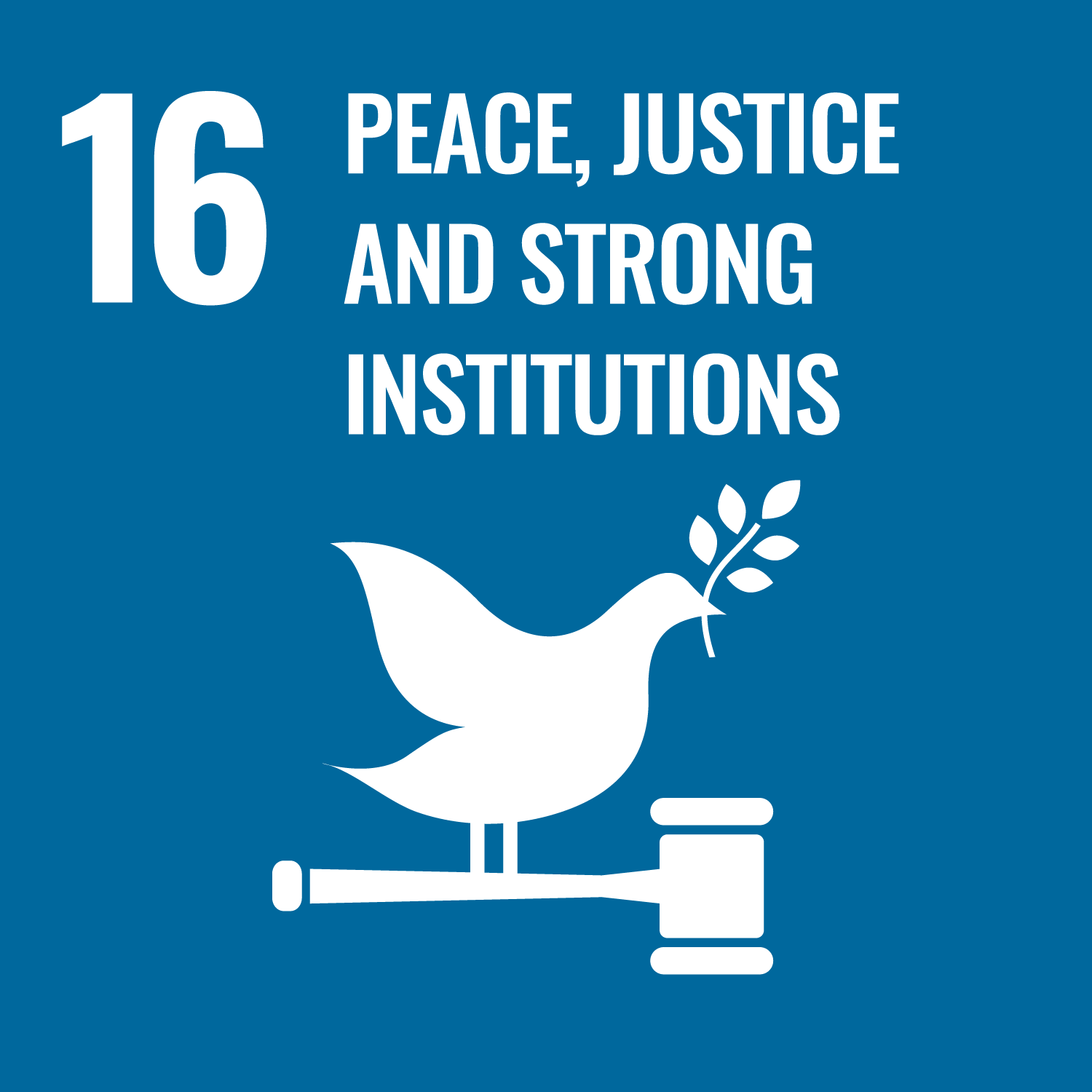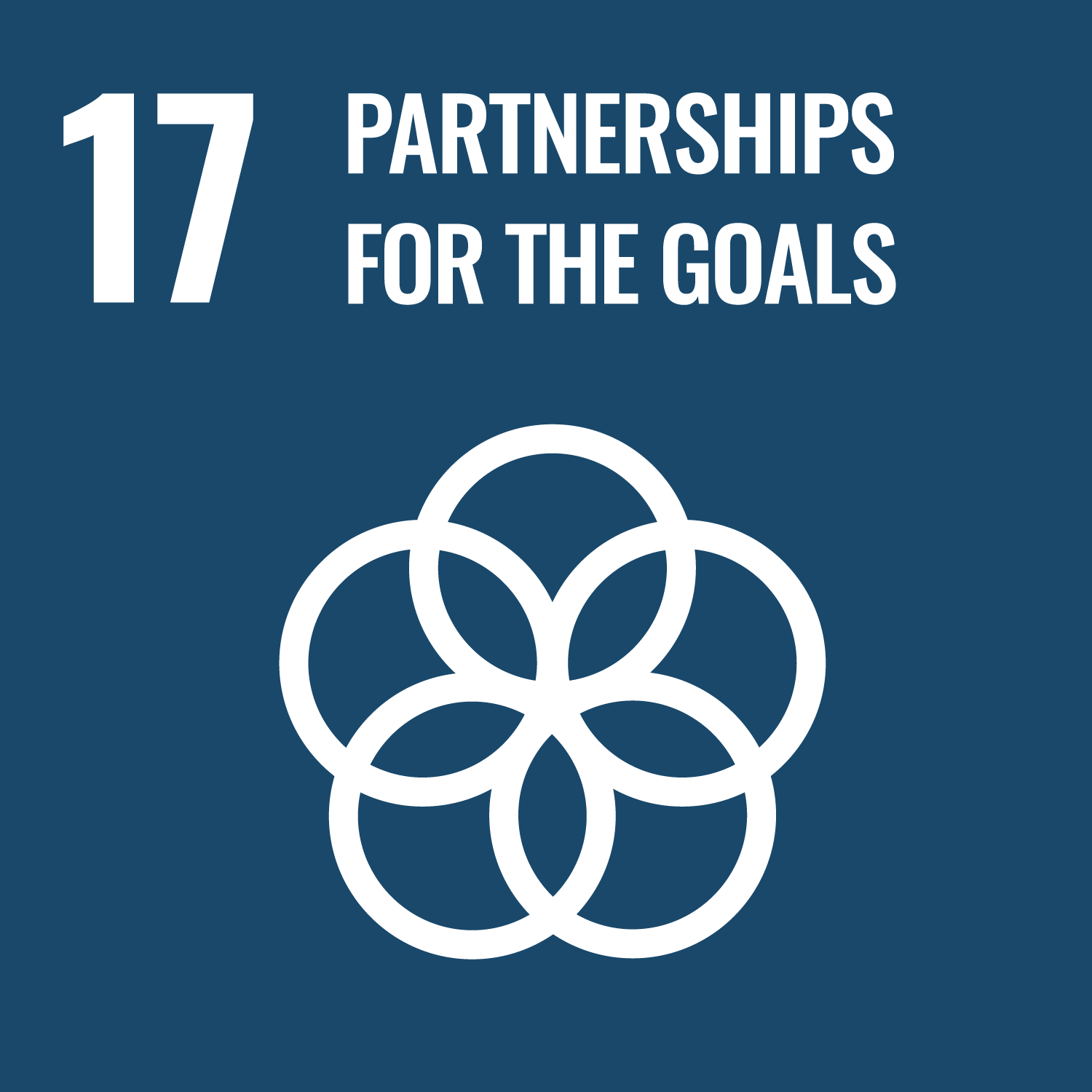Searching for microorganisms that produce fuel gas
Chemistry and Biotechnology Program Ueda Laboratory
Ueda Takehiko
- toshima
Background and objectives of activities
It is necessary for SDGs No. 7 and 13 to make effective use of waste and to produce fuel without relying on fossil fuel resources. Therefore, we aimed to discover and use useful microorganisms that can produce fuel gas (hydrogen and methane) from waste in the environment. Such microorganisms are often found in high-temperature environments such as the volcanic islands of Kagoshima Prefecture, and there is an example2) where an enzyme reagent used in PCR reactions to detect coronaviruses was developed based on a microorganism isolated from Ko-shima Island in the Tokara Islands1).
1) https://www.ritsumei.ac.jp/lifescience/skbiot/imanaka/T.kodakaraensis%20genome.html
2) https://www.jstage.jst.go.jp/article/kagakutoseibutsu/53/12/53_866/_pdf/-char/ja

Summary of Activities
Some microorganisms in extreme environments, such as those found on the volcanic islands of the Tokara Islands, release combustible gases such as hydrogen and methane gas during the process of converting substances, so it is certain that if we can use these microorganisms, we will be able to easily produce gas that can be used as fuel from waste and low-value organic matter. In order to isolate such microorganisms, we created small glass containers in which each individual microorganism could live separately, and devised a system in which only microorganisms with the ability to produce gas would float up in the container due to the buoyancy of the gas they produced, and be separated. We call these culture containers, which are about 0.05 mm in diameter, “microspheres”, and the method of finding super microorganisms that produce fuel gas using these microspheres is called “microspheres screening”. We are continuing our search for microorganisms that can produce fuel gas by decomposing waste and other materials, focusing on the island regions of Kagoshima Prefecture.

Expected Benefits
Fuel gas production from waste can achieve zero CO2 emissions. Furthermore, fuel gas production does not require a specific location or region. It can be installed in homes and small businesses, like composting for food waste, and it is hoped that each business will be able to decompose their waste and produce fuel.
